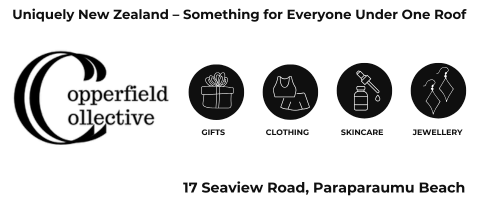Greater Wellington’s flood protection and resilience is getting a vital $11m boost from the Government’s post-Covid-19 infrastructure fund, which will lead to more jobs and better protection for flood prone communities.
Two main areas of development in Lower Hutt and the Wairarapa will be targeted through the co-funding model with Greater Wellington Regional Council contributing approximately $6m on top of the Government’s contribution.
In the Hutt Valley, works will include Hutt River erosion and edge protection.
In the Wairarapa, works will target the Ruamāhanga River with stopbank reconstruction, buffer land establishment and tree planting.
Hutt Valley Councillor and Chair of Greater Wellington’s Hutt Valley Flood Management Subcommittee Prue Lamason says the investment is wise.
“This is the first co-funding flood protection work since the eighties and a very wise decision from the Government. We’re talking about two communities with a history of significant flooding events getting greater protection and sooner than planned. This gives families, businesses and communities much more certainty for the future.
“In the first instance this funding boost will bring forward works that will provide a much needed boost to employment in the region while at the same time adding much needed resilience to floods and a critical first step to managing the effects of climate change.
“In the longer term this work will provide confidence for people to invest in the regional economy, knowing we have invested in infrastructure that will protect that investment from the effects of flooding,” says Cr Lamason.
Wairarapa Councillor and Greater Wellington Deputy-chair Adrienne Staples says recent flooding events across New Zealand have shown the need for investment in flood protection infrastructure, and the devastating consequences for communities flooded as a result of not doing so.
“The Wellington Region is a beautiful place to live with our mountain ranges, winding rivers and many ocean-side cities and towns, we are lucky to call this place home. But we also know there is a flip side to enjoying that beauty, in the form of environmental hazards and risks posed to us and our properties.
“We manage flood risks from the rivers that flow across our region. We know how devastating flooding and erosion can be to the land, livestock and homes. Rivers wind their way through public and private land, so we work with communities and land owners in places like Ruamāhanga to manage the risks and impacts of flooding and erosion,” says Deputy-chair Staples.
Greater Wellington manages flood risks in a number of ways including giving advice about flood hazard and how to avoid it, managing flood risk to existing development through building stop banks, and river stabilisation works including using rock and planting willows and other erosion stabilising plants. These decisions are all planned out in Floodplain Management Plans and river schemes across the region.








































